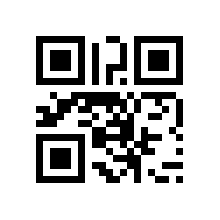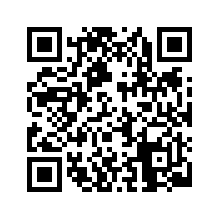Before we do that, though, I want to get across one point about QRs—they cannot contain unlimited information. Each character you add into the code makes the code more complex. This isn't bad for the most part, but at some point, the code can become too complex for your device to read. For example, on Wikipedia's page about QR codes, they have 6 code samples. With your own QR reader, scan in the following samples (from left to right):
| #1 | #2 | #3 |
| #4 | #5 | #6 |
Were you able to read each code? If you were like me, using your iPad and a program like Scan, you could only scan up to #4. That's because there's so much information in #5 and #6 that you're iPad (or Android or iPhone or whatever) freaks out and quits. This means that if you're giving someone an address like this:
http://translate.google.com/translate?js=n&prev=_t&hl=en&ie=UTF-8&layout=2&eotf=1&sl=zh-CN&tl=en&u=http%3A%2F%2Fwebcache.googleusercontent.com%2Fsearch%3Fq%3Dcache%3AHGMIwXNonREJ%3Awww.abcdefghijklmnopqrstuvwxyzabcdefghijklmnopqrstuvwxyzabcdefghijk.com%2F%2Bvery%2Blong%2Bweb%2Baddress%26cd%3D1%26hl%3Den%26ct%3Dclnk%26client%3Dsafari%26source%3Dwww.google.comyou're QR reader isn't going to be able to read it. This is why you want to run it through a URL shortener. is.gd will change your address from that (above) to this:
http://is.gd/B1tfr6Pretty cool, huh? By the way, now try scanning in the codes, too. No problem with the bottom one, right? But no go with the top one, probably.
The point is this: before you start handing out really long web addresses or documents via QR, keep in mind that this technology is not just a magic bullet—you've got to plan out ahead of time how you're going to use them. The smartest habit to get into is just shortening all links, even if they'll naturally fit into the QR code—this way, you'll know that they're condensed into a format they'll easily be accessed.








No comments:
Post a Comment